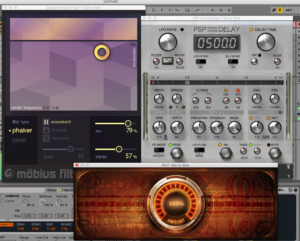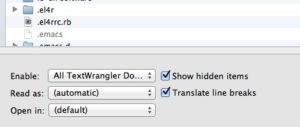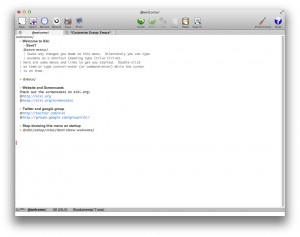Who does not love the confluence of coding and music? I know I do and live coding adds a performance element to the process.
Live coding involves writing code that is producing music from scratch and editing and changing the code as the music develops.
As can be seen here once values are changed the revised code is passed to the computer for processing (when it flashes pink) and the revised music is played…
There are an increasing number of languages available for live coding. The above example is Sonic Pi which is probably the easiest to start with as it comes as a ready to go app and does not require any faffing around in the Terminal etc. Others include ChucK, Alda, Extempore which grew out of impromptu (Mac only) etc. There is some debate as to whether graphical languages count as coding but I say they do so that is the end of that debate.
Here is an excellent demonstration of the process by Andrew Sorensen using Extempore…
So that this A to Z thing does not become a catalogue of old records L is definitely not for the greatest record ever made…










